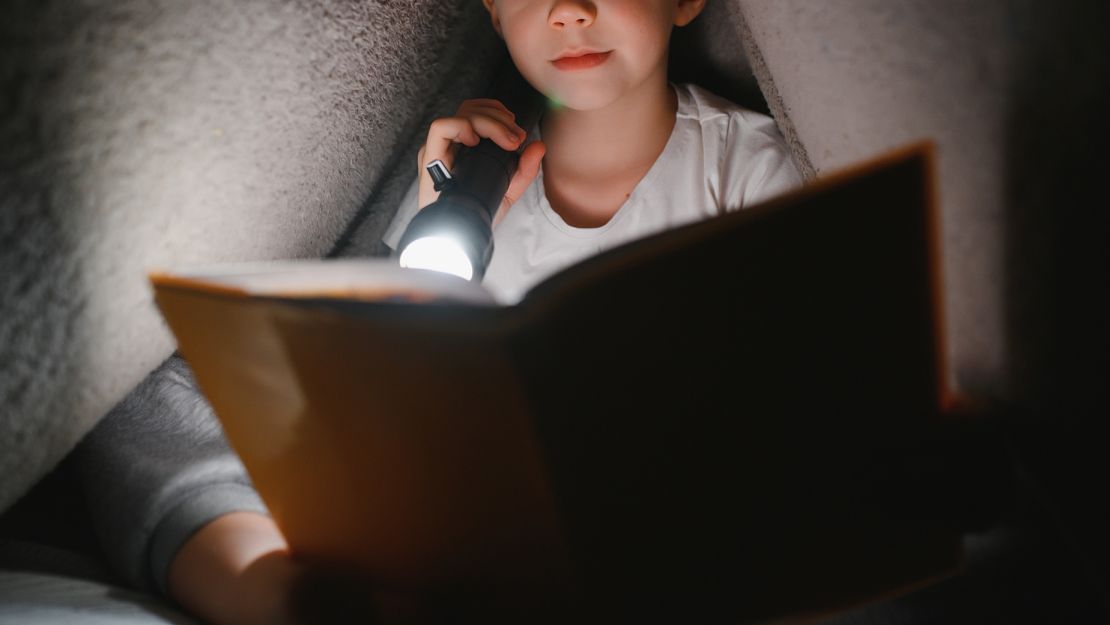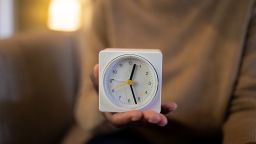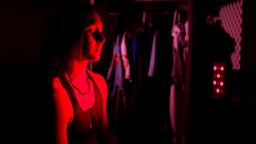Sign up for CNN’s Sleep, But Better newsletter series. Our seven-part guide has helpful hints to achieve better sleep.
Here’s one simple thing you can do to ease you and your children into getting up an hour earlier when Daylight Saving Time rolls around on Sunday, March 10 — start adapting today by going to bed and waking up earlier each day until the time change.
“Planning for the change can be key to lessening the impact of this change on your body’s circadian rhythms,” said sleep specialist Dr. Raj Dasgupta, an associate professor of clinical medicine at the University of Southern California’s Keck School of Medicine.
While most of the United States will “spring forward” into Daylight Saving Time from Sunday, some states such as Hawaii, most of Arizona and the US territories in the Pacific and Caribbean don’t follow the time change.
Starting now means an easier transition — the body can more quickly adapt to first five minutes, then 10, then 15 to 20 to 30 minutes of going to bed and getting up earlier than an entire hour all at once, experts say.
Adjust the timing of other daily routines such as meals, exercise and medications, all of which are unconscious time cues for your internal body clock.
Good quality sleep is critical for health. Science has linked poor slumber with high blood pressure, a weakened immune system, weight gain, a lack of libido, mood swings, paranoia, depression and a higher risk of diabetes, stroke, cardiovascular disease, dementia and some cancers.
Some kids are not like the others
Prepping in advance is an especially good plan for teenagers, who are naturally programmed to stay up late and sleep late, and for anyone else in the family who is a night owl, said Dr. Phyllis Zee, director of the Center for Circadian and Sleep Medicine at Northwestern University Feinberg School of Medicine in Chicago.
Can’t start right now? Don’t despair. Experts say starting an earlier-to-bed routine of 15 to 20 minutes each day for at least four days in advance of the time change should do it. If that’s not possible, do your best — every little bit helps, Dasgupta said.
“It’s never too late to start,” he said. “Sleep is very individualized, and every child will respond differently to the time change. Make sure you as the parent are getting the rest you need as well, so you’re not overly irritable with your child.”
Younger children tend to adapt a bit better to time changes than older children and adults, so they may need fewer days to adapt, said pediatrician Dr. Cora Collette Breuner, a professor of adolescent medicine in University of Washington’s department of pediatrics in Seattle.

Zee, who is also a professor of neurology at Feinberg, agreed: “For most younger children, moving their bedtime and wake time by about 10 to 15 minutes earlier starting three days before the time change can help them adjust to the social clock time change by Monday morning,” she said.
If that didn’t happen, expect some grumpiness until your child’s body adjusts, and be prepared to cut them some slack, Dasgupta said.
“In the days following Daylight Saving Time, I try to be more forgiving if my child is having an extra temper tantrum,” he said.
There are other ways parents and caregivers can ease the transition, Breuner said. Lay clothes out and pack up homework before bedtime to reduce the stress in the morning. It’s also a good idea to pack a to-go breakfast in case everyone is running late.
“That way they’re snacking on the bus or in the car versus trying to sit down for a full-on breakfast when everybody’s kind of ‘Whoa, it’s an hour later,’ ” she said.
Also, “do not let kids nap,” she added. “That just lengthens any adjustment to the time change.”
Let there be light
For everyone in the family, the emerging lightness in the morning is a good thing, experts say. When light enters your eyes, it’s a signal to the brain to shut down melatonin, the hormone the body makes to put you to sleep.
“Get morning-bright light for 20 to 30 minutes soon after waking up,” Zee said. “Increase bright light exposure at home, school and work for the rest of the morning.”
This strategy is particularly important for teenagers and night owls, Zee said, and they should do this before and continue after Daylight Saving Time starts to help with adaptation to the new time.
Breuner advocates for making a “real hard rule” about keeping television, smartphones, laptops, gaming devices or any other electronic device out of the bedroom.
“Devices should be off and charging away from the bed, whether it’s in the kitchen or another room besides the bedroom,” she said.
“We don’t secrete melatonin to help us sleep when we’re staring at light,” Breuner said.
When it comes to teens, don’t fall for the “I need my phone for an alarm in the morning, and it helps me go to sleep at night,” she said. “Get up and get your iPod and listen to some music and get a regular alarm clock.”
If a child is struggling with depression or anxiety, not getting enough restful sleep can have serious consequences. “The likelihood of the child having worse behavioral health outcomes is higher,” she said.
Let there be dark
The same rule about light applies to the evening, but in reverse, Zee said. She suggests avoiding bright light for at least three hours before bedtime: “This will allow your own melatonin to rise and promote sleep.”
Make sure your bedroom promotes sleep as well, Zee added, by minimizing light exposure from the outside with light-blocking shades or curtains. Keep lights in the bedroom dim and choose LED lights that have more reddish or brownish tones.
Ban any lights in the blue spectrum from the bedroom, such as those emitted by electronic devices like televisions, smartphones, tablets and laptops. Blue light is the most stimulating type of light, which tells the brain that it’s time to wake up.
Once you go to bed, keep the room cool and dark — light can creep in even when your eyelids are shut.
Get inspired by a weekly roundup on living well, made simple. Sign up for CNN’s Life, But Better newsletter for information and tools designed to improve your well-being.



